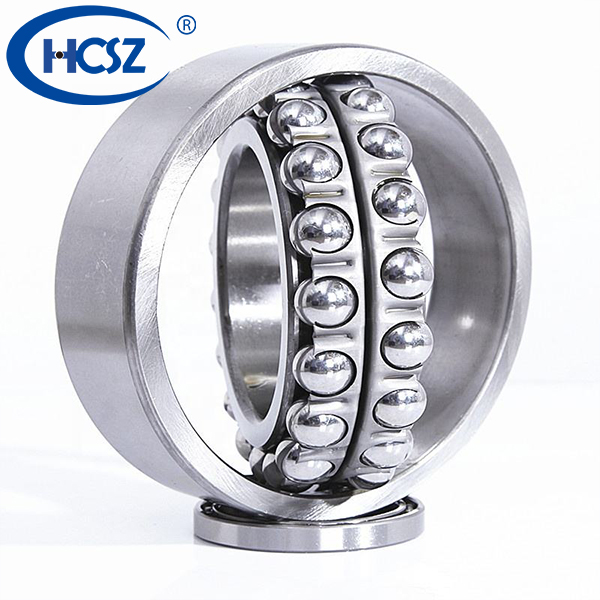The size ranges from 2 millimeters to 6 meters.
Bearings come in various sizes ranging from small to large. The sizes of bearings vary greatly. The smallest “micro-bearings” in the world have an inner diameter of 0.6mm, an outer diameter of 2.0mm, and a thickness of 0.8mm. They are used in micro-motors. While large bearings have an outer diameter of up to 6 meters and a weight of over 15 tons. These bearings are used in large shield machines for digging tunnels. When digging a cross-sea tunnel under the Dover Strait connecting England and France, such shield machines were used, and these large bearings were employed among them.

400,000 revolutions per minute
The dental drill (commonly known as the dental machine) used by dentists is equipped with bearings that can rotate at extremely high speeds. These are two ultra-precise bearings with an inner diameter of 3.0mm, an outer diameter of 6.0mm, and a width of 2mm, and each bearing contains a steel ball with a diameter of 1.0mm. They can rotate at an astonishing speed of “400,000 revolutions per minute”, significantly reducing the vibration of the dental machine and greatly alleviating the patient’s pain during the treatment.
The rotational speed of the steel ball is 160 meters per second.
The V2500 jet engine used in international airline aircraft employs main shaft bearings. The rolling speed of the rolling elements reaches 160 meters per second, equivalent to a speed of 580 kilometers per hour. It is precisely because of the use of high-performance high-speed bearings that the engine can operate safely for a long time and safely transport passengers to all corners of the world.
Amplitude below 100 nanometers
“The precision of machinery depends on the rotational precision of the bearings,” this is no exaggeration. The two ends of the rotating shaft are supported by two bearings. If the shaft’s center wobbles too much, the mechanical performance cannot be improved. The WeChat account about metal processing has good content and is worth paying attention to. Computer external storage devices, such as “hard drives”, use ultra-precision bearings. The amplitude of the shaft’s center is less than 100 nanometers (1 nanometer = 1/1000000 millimeters). And the key to achieving such extremely high precision is the precision of rolling elements such as “steel balls” and “rollers”.

Can work in space for 15 years
Space exploration also relies on bearings. Weather forecasts, satellite radio and television signals, and satellite positioning information for vehicles, all come from artificial satellites orbiting the Earth. Satellites are equipped with gyroscopes to maintain their orientation and direction. The gyroscopes contain ultra-precise bearings. These bearings can operate continuously in space for 15 years.
The world ranging from minus 253 degrees to plus 500 degrees
The bearings in the liquid fuel pumps of aerospace rockets use the lowest temperature bearings. These bearings operate in liquid hydrogen at a temperature of minus 253 degrees Celsius. Bearings used in high-temperature environments, such as the specialized high-performance bearings found in medical CT scanners, are typical examples. In X-ray vacuum tubes with temperatures ranging from 300 to 500 degrees Celsius, the bearings can also operate continuously, playing a role in safeguarding our health.
Post time: Jul-11-2025